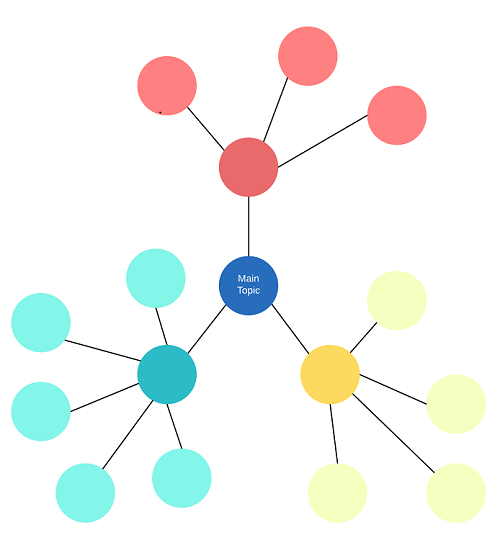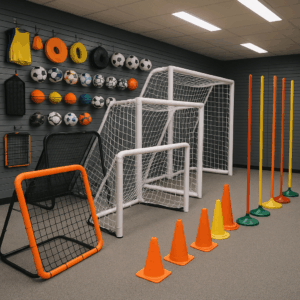
Topic Clusters is not a new topic, but it is getting a good deal of buzz recently. It’s also similar to the Digital Marketing Flowchart I’ve talked about for years.
Think Macro SEO
In the case of Digital Marketing, the idea is that your website is the center of your universe. Everything you post, release, share online should lead back to the place you do business online, and that you control: Your website. This is a macro idea.
Think Micro SEO
Now thinking on the micro-level all things related to a particular topic (or keyword) should lead back to one page on your site. Here’s how it works.
It’s time to take your content strategy and keyword research to the next level.
Start With Your Pillar Content
A Content Pillar (or Cornerstone Content) is a broad topic or central theme that can be broken into many sections or pieces. Then the various narrower topics on the site act as supporting materials. A site can have many pillars. So for our business, SEO Services is a content pillar for the site.
Develop Your Topic Clusters
Once you have your central themes. Start developing narrow topics based on target keyword phrases that are relevant to the Pillar Content. Here are some examples from our site that link back to SEO Services:
- Which Is Best For SEO: Subdomains or Subfolders?
- How Much Should We Pay for SEO Services? SEO Pricing
- SEO is no Longer About Keywords
Why Are Topic Clusters Important for SEO?
If you take a look at the image above you notice something. Every circle is eventually linked back to the “Main Topic.” Think of each circle is a page on your website. This sends a signal to the search engines letting them know what the main topics are for your site and as your other content gets ranked it will help support the central themes.
Sound simple? If you want to learn more about how to develop your content clusters, shoot us a message and we can chat.




